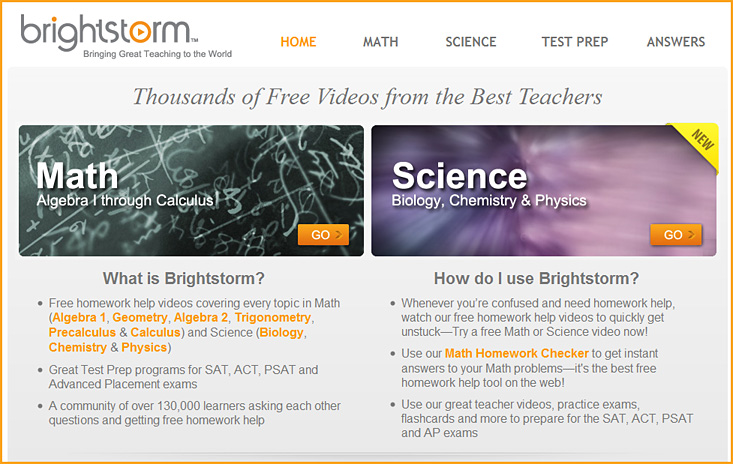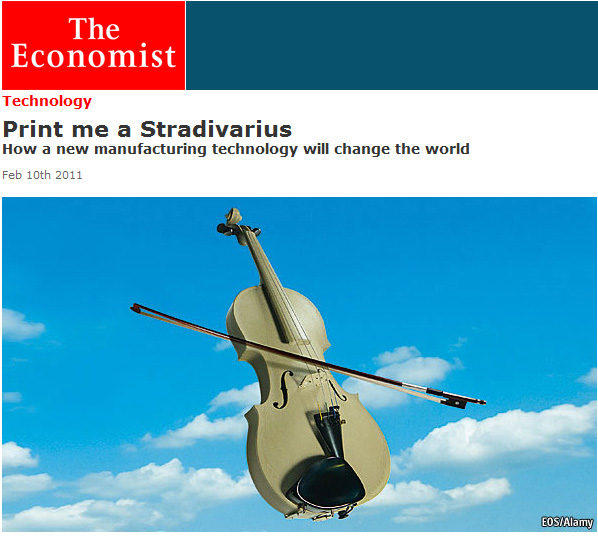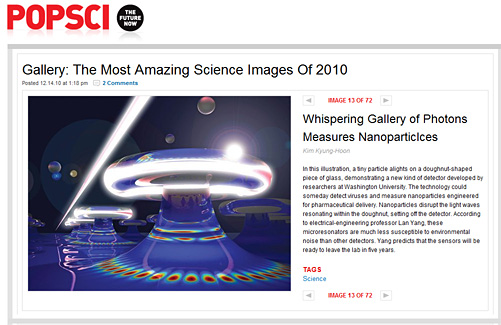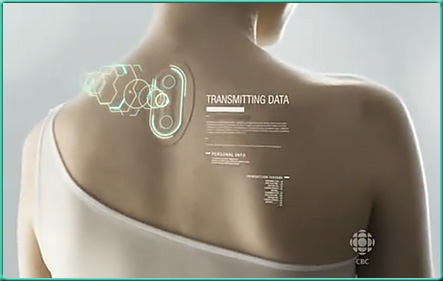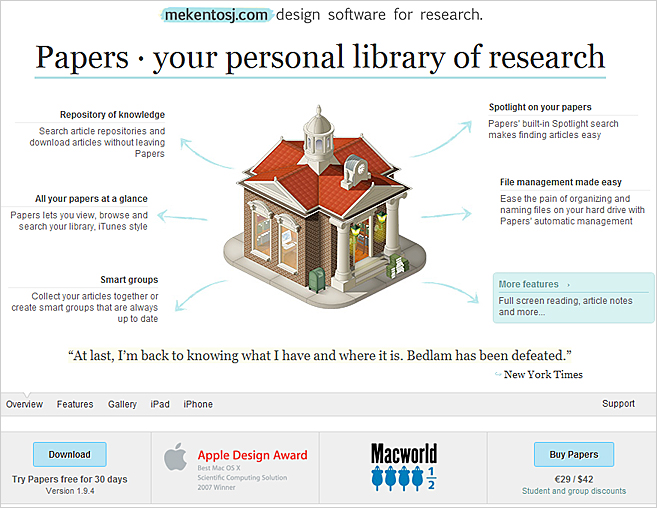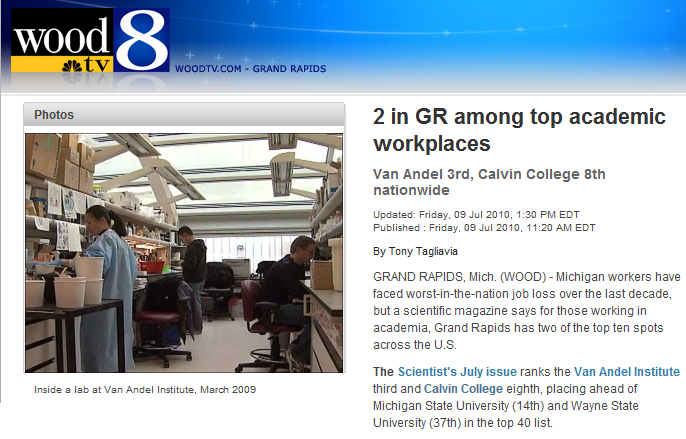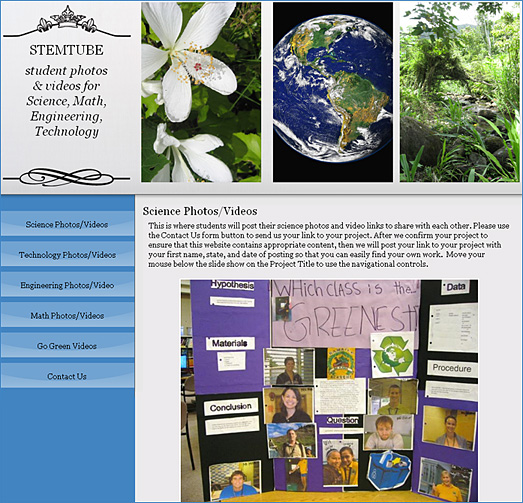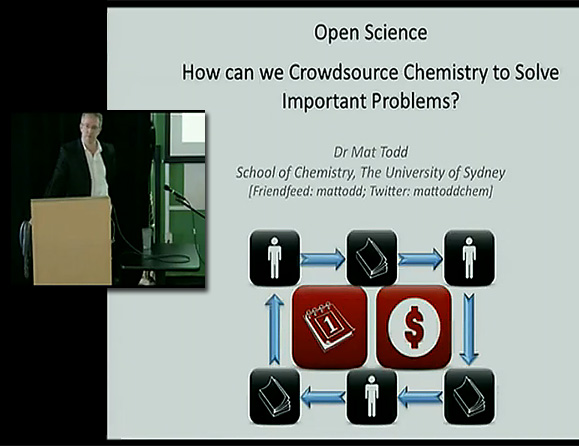
.
Google Tech Talk
April 6, 2010
ABSTRACT
Presented by Dr Matthew Todd, School of Chemistry, University of Sydney.
Science shaped itself in the founding days of learned societies: individuals or teams competed, in secret, with paper-based communication in subscription journals. Why are we all still doing science like this? The internet has had a major impact in our sharing of data by traditional means, but it has not yet radically changed the way we actually perform science.
.
.
Here’s a list of the projects mentioned in the video:
Praziquantel is being used in the treatment of schistosomiasis, a parasitic infection spread by freshwater snails in sub-Saharan Africa.
The Gates Foundation is funding an operational research program – SCORE to control and eliminate Neglected Tropical Diseases.
This operates out of Imperial College, London and is led by Professor Alan Fenwick OBE.
The Cathedral model is where a professor and students conduct funded research to develop a solution whereas the Bazaar model invites other people to collaborate in an Open source way to develop a solution. Firefox, Chrome, Wikipedia are all Bazaar models.
Open Science involves publishing in real time and letting people respond as they see fit and then collaborate in real time.
The UsefulChem Project led by the Jean Claude Bradley at Drexel University – aimed at producing molecules that will be used to treat malaria. Bradley is a proponent of and practises Open Notebook Science.
Open Source Drug Discovery: http://www.osdd.net/ – OSDD is a CSIR Team India Consortium with Global Partnership with a vision to provide affordable healthcare to the developing world.
Open WetWare: http://openwetware.org/wiki/OpenWetWare:About – OpenWetWare is an effort to promote the sharing of information, know-how, and wisdom among researchers and groups who are working in biology & biological engineering.
The Open Dinosaur Project: http://opendino.wordpress.com/ (founded to involve scientists and the public alike in developing a comprehensive database of dinosaur limb bone).
Chemspider: http://www.chemspider.com/ – ChemSpider links together compound information across the web, providing free text and structure search access of millions of chemical structures.
Foldit is a revolutionary new computer game enabling you to contribute to important scientific research.
NCBI (National Center for Biotechnology Information): http://www.ncbi.nlm.nih.gov/ – advances science and health by providing access to biomedical and genomic information.
GenBank: http://www.ncbi.nlm.nih.gov/genbank/ – is the NIH genetic sequence database, an annotated collection of all publicly available DNA sequences.
The Tropical Disease Initiative aims to apply an open-source collaborative approach to biological and medical research for tropical diseases.
The Synaptic Leap: – Open Source Biomedical Research.
Stack Overflow allows you to post code and ask for help on a problem.
Chempedia is a free service for uniquely identifying and naming chemical substances.
CML (Chemical Markup Language) is an open standard for representing molecular and other chemical data. It includes XML Schema, source code for working with CML data, and was devised by Peter Murray-Rust who worked with Microsoft to develop a Chem Word Add-in enabling a Word document to be searched and the chemical information in it to be automatically annotated and extracted. When you hover over a word, you get a structure and you can change the structure.
Chemicalize.org – a public web resource developed by ChemAxon.









